The content of the article
Japanese quince is a species of dicotyledon rosaceous plant, the fruits of which are used in cooking and medicine. Quince has another name - henomeles. Initially, the habitat of this plant was Japan, but now it can be found in China and in many European countries. Japanese quince gardeners attracts with its appearance. In spring, bright scarlet buds bloom on the shrub, which are replaced by fruits. It is in the fruits that all the benefits of this plant are hidden.
Useful properties of Japanese quince
The fruits of this plant contain a large number of regulatory substances: vitamins and trace elements. Quince can be called a record holder among other fruits according to the content of such necessary for the body substances as:
- Ascorbic acid or vitamin C. It participates in the formation of connective tissue, helps the skin and mucous membranes to maintain protective functions of the body, is a powerful antioxidant. With a lack of vitamin C, scurvy, abnormal bleeding, lipid peroxidation begins.
- Tocopherol or Vitamin E. It is a powerful membrane stabilizer that protects cells from damage and peroxidation. It is proved that tocopherol prevents the development of malignant tumors and atherosclerosis.
- Retinol or Vitamin A. An important component of the functioning of the visual system. Without it, a person cannot see in the dark. In addition, retinol, like tocopherol, is an antioxidant and stabilizer of cell membranes. The lack of this vitamin leads to night blindness or hemeralopia, as well as various dermatitis.
- Pyridoxine or Vitamin B6. It is a component of amino acid synthesis and an important participant in protein metabolism. With a lack of this vitamin develops anemia.
- Riboflavin or vitamin B2. Participates in the redox reactions of the body, is necessary for the metabolism of many substances, is involved in the synthesis of red blood cells.With a lack of observed anemia, neuralgia, dermatosis, myositis.
- Thiamine or Vitamin B1. It is a catalyst for important chemical reactions occurring in the body. With its deficiency, toxic keto acids accumulate in the tissues, which leads to such a neurological disease as beriberi.
In addition, there are a lot of pectins, tannins and astringents, anthocyanins, potassium, iron and sodium in the quince.
What diseases should eat Japanese quince
The fruit of this plant is quite a popular remedy of traditional medicine. There are a number of diseases in which quince or jam from it can be used as an additional means. First of all, these are pathological conditions such as:
- Inflammatory diseases of the gastrointestinal tract. It can be any inflammation, including stomatitis, glossitis, esophagitis, enterocolitis and other types. Quince helps to reduce this pathological process due to its astringent properties and its anthocyanins.
- Obesity. Quince accelerates metabolism, which contributes to weight loss.In addition, the fruit itself is included in the number of low-calorie. 100 g of quince on average contains about 40 kcal.
- Colds. The high concentration of vitamins, especially C and E, makes quince an indispensable tool for relieving cold symptoms. In addition, this product can be used for the prevention of acute respiratory infections.
- The risk of atherosclerosis. Vitamin E, contained in large quantities in quince, protects the vascular endothelium from damage and reduces the concentration of harmful fats in the blood. That is why the quince must be eaten by those whose body is prone to the formation of atherosclerotic plaques.
- Anemia. Quince is useful for folic deficiency as well as iron deficiency anemia. Its use contributes to the stimulation of erythropoiesis in the red bone marrow.
- Toxicosis. The fruits of this plant is useful to use for pregnant women. This is due not only to the prevention of anemia, but also with a pronounced antiemetic effect. Quince is able to cope with mild toxemia in pregnant women.
In addition, henomeles is used in cosmetology, making it various masks, scrubs and balms.
Harmful properties of Japanese quince
The use of each plant has both positive and negative sides, and quince is no exception. The most poisonous part of the Japanese henomeles is its bone. Eating it is generally not recommended. The thing is that the quince bone contains the substance amygdalin, popularly referred to as bitter almonds.
Amigdalin itself has no harmful properties. The problem is that in the human body it turns into hydrocyanic acid. This substance prevents the saturation of tissues with oxygen. When a high concentration of hydrocyanic acid in the blood of a person dies from suffocation, despite the fact that his respiratory function is fully preserved.
For poisoning, you need to eat a lot of quince. Only clean bones would need about a glass. However, people who already have problems with the saturability of tissues with oxygen, it is better to completely abandon the quince.
In addition, the quince is not recommended to be eaten by those who often talk a lot or sing. The fact is that in such people the vocal cords are already modified, and the quince has an astringent effect and negatively affects them.Compromised ligaments are more easily deformed, which leads to a change in voice.
How to use Japanese quince
As a food product, you can use not only quince fruits, but also seeds and leaves. Delicious and healthy tea, jams and various sweet dishes are prepared from this plant. In its raw form, quinces are rarely consumed. It has a rather tart taste that not everyone will like. How to cook Japanese quince?
Method number 1
The most popular way to use this fruit is quince jam. After boiling, quince loses its tart taste and looks more like apples. To make jam, you need 1 kg of quince, 1 kg of sugar, half a lemon and a glass of water.
Wash fruits, clean from villi, remove bones. You can cut a quince into pieces of any size. Then the fruit must be filled with sugar, pour the juice of half a lemon and water. Place the resulting mixture in a saucepan and cook for at least one hour. You can add lemon or orange zest, cinnamon or other spices.
Method number 2
Method number 3
You can cook quince compote. To do this, 2 kg of purified quince must be filled with cold water and let it brew for half an hour. Then boil 5 liters of water and shift the fruit from cold water to boiling water. To taste, you can add sugar or citric acid. Boil the fruit until the fruit is soft.
It can be concluded that the Japanese quince is a very useful product that is simply indispensable for the treatment and prevention of many diseases. However, this fruit can be dangerous if you do not know how to use it properly. Strictly following the recipes of cooking will help to extract the maximum of useful properties from the Japanese quince.
Video: Japanese Quince Vitamin Drink

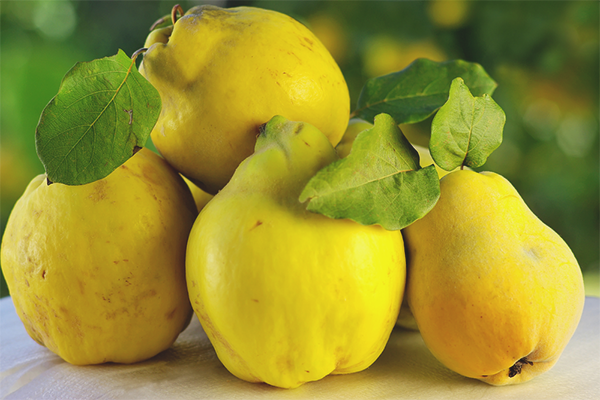
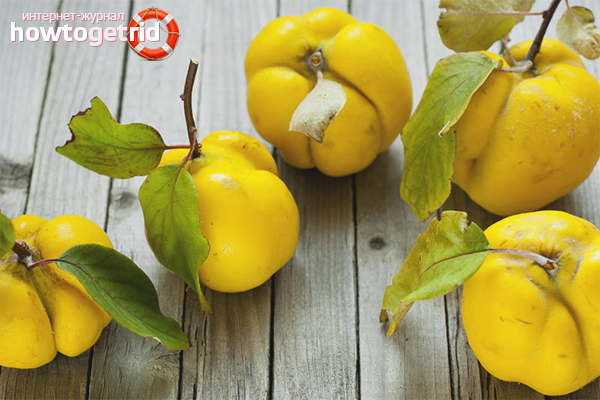
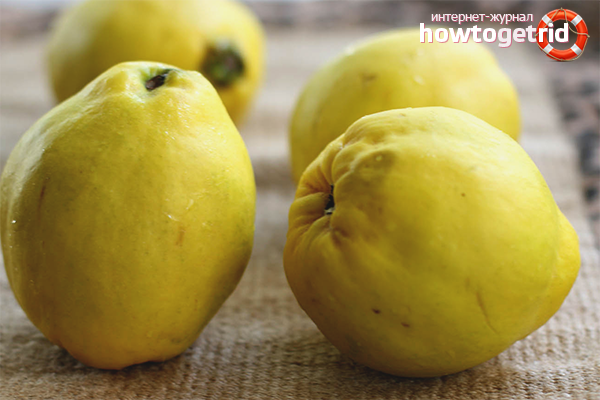

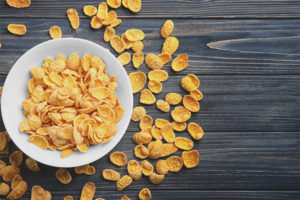


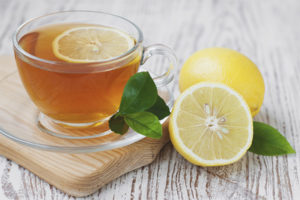
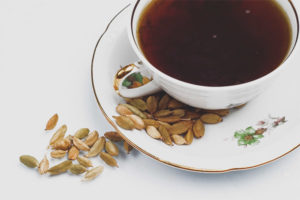
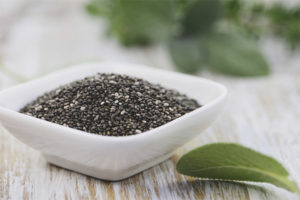
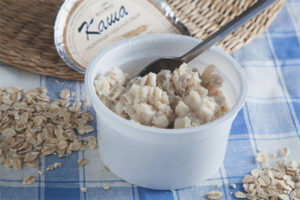
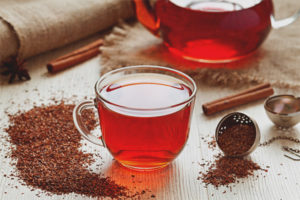
To send